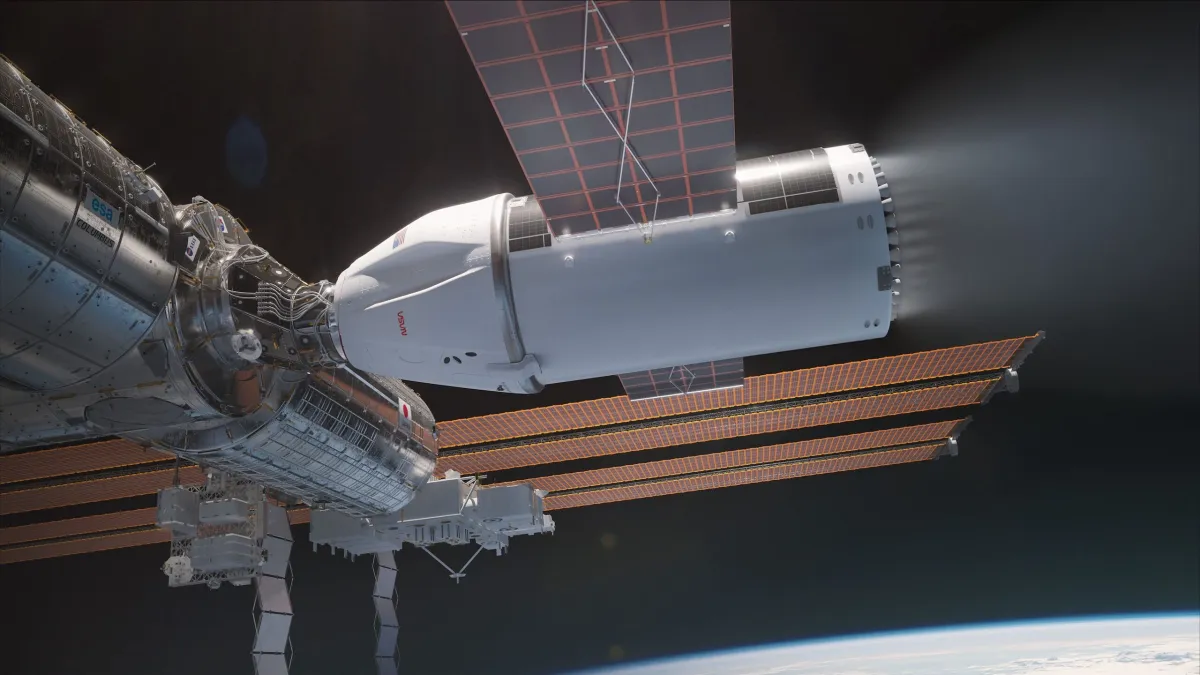SpaceX and NASA officials have announced the first details about the United States Deorbit Vehicle (USDV) spacecraft. It will be used to de-orbit and flood the ISS.

In late June, NASA announced that it had selected SpaceX to develop a spacecraft designed to de-orbit the ISS after it was discontinued. Initially, this operation was planned to be carried out using the engines installed on the Russian segment of the ISS. But after Russia’s large-scale invasion of Ukraine and a lot of hostile statements, NASA could no longer rely on the aggressor country to do the job. So the organization had to take the task into its own hands.
SpaceX and Northrop Grumman participated in the bid to build the spacecraft to sink the station. The victory went to SpaceX: Northrop Grumman’s vehicle was significantly more expensive and at the same time received lower marks from experts.
At a July 17 briefing, company and NASA officials provided the first details about the USDV’s technical device. It will be based on the Dragon spacecraft design, but with a redesigned longer “trunk” and more powertrains. A total of 46 Draco engines will be installed on the USDV: 16 for attitude control and 30 to perform the maneuvers required to lower the station’s orbit.
According to SpaceX representatives, the “trunk” of the USDV will be twice as long as the regular Dragon. It will store six times more fuel and generate and accumulate three to four times more energy.
The USDV will be operated and owned by NASA. The spacecraft will be launched after the last crew arrives at the ISS. After the USDV inspection, operators will stop conducting operations to maintain the station’s altitude and its orbit will begin to descend naturally. The last crew will leave the ISS when its altitude drops from the current 400 to 333 kilometers. After that, the station’s orbit will decline for about six more months. NASA will then engage the USDV, directing the ISS to a site in the South Pacific Ocean.
Since the total mass of the USDV will be 30 tons (16 of which will be fuel), a more powerful rocket than the Falcon 9 will be needed to launch the spacecraft. NASA will procure it separately three years before the ISS sinks.
Earlier we told you about how former NASA and ESA executives called for keeping the ISS in space for the next generations.
According to Spacenews.com


